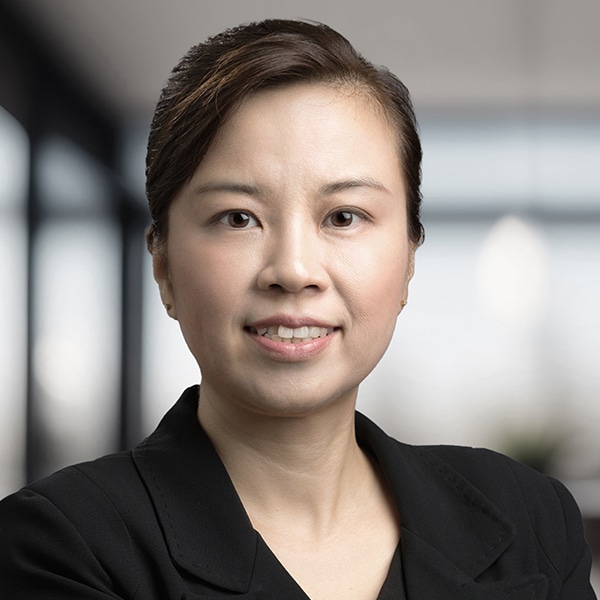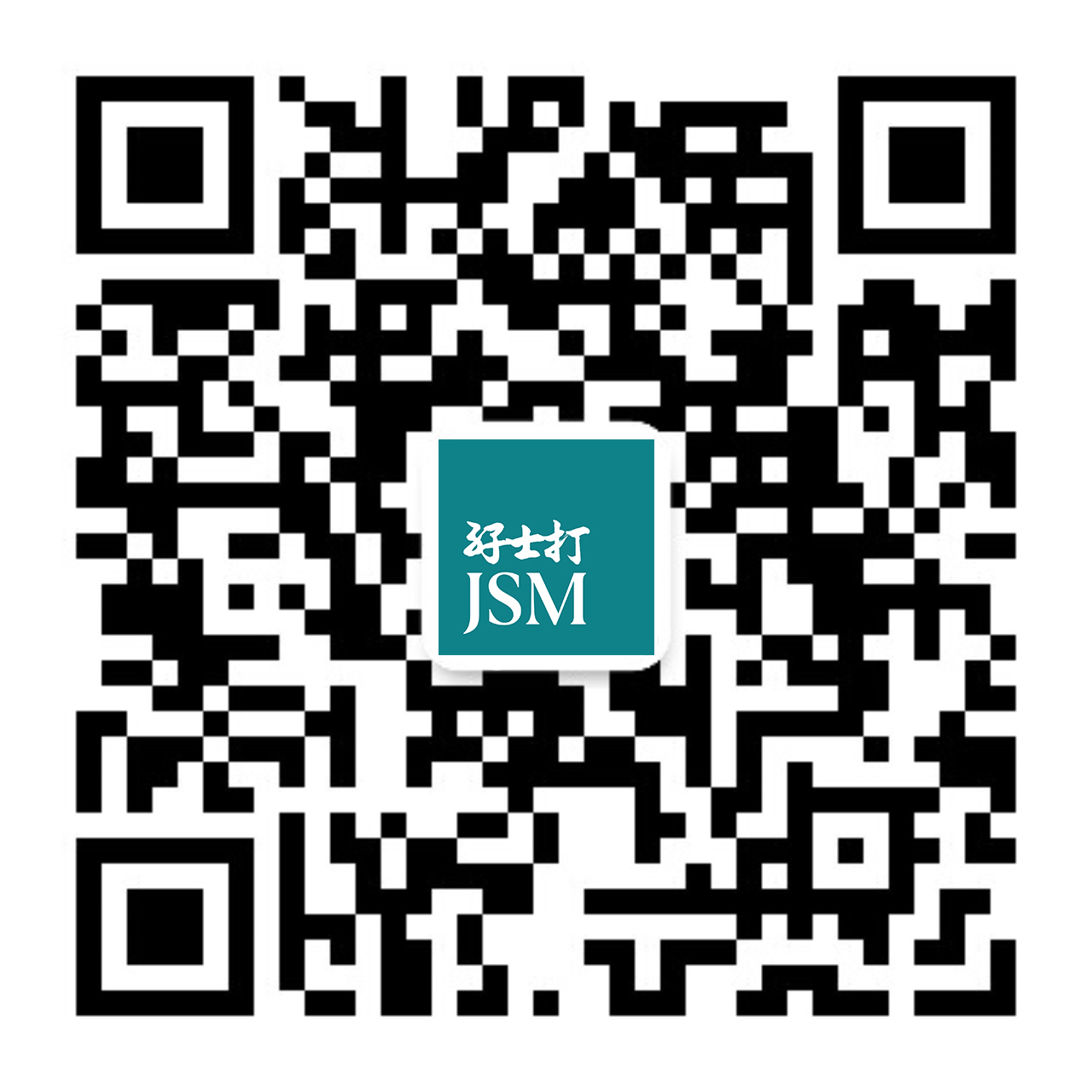In a significant development for personal injury litigation in Hong Kong, the Court of First Instance has strongly advocated for the adoption of a single joint expert approach in High Court personal injuries actions. In the recent decision of Chen Muchao v Eagle Sun Engineering Limited & Anson Engineering Consultant Limited, Deputy High Court Judge Andrew Li highlighted the inefficiencies and drawbacks of the current practice of joint medical examination by one expert from each side and recommended that the High Court follow the District Court’s practice of appointing a single joint expert. This shift is intended to reduce costs, streamline proceedings and facilitate earlier settlement of cases.
Background
The case concerned the assessment of damages following a workplace accident in which the plaintiff, Mr Chen Muchao, sustained injuries after a scaffold collapse. Liability had already been established against the defendants, leaving the quantum of damages to be determined. The assessment process was marked by highly polarised medical evidence: both parties had appointed their own orthopaedic experts who produced a joint medical report but disagreed on almost every material issue, including the diagnosis, prognosis and the plaintiff’s ability to return to work.
The Court found the plaintiff to be a malingerer who had grossly exaggerated his symptoms and ultimately preferred the evidence of the defendants’ expert. However, the case was notable not only for its findings on credibility and damages, but also for the Court’s critical commentary on the expert evidence process in personal injury litigation.
Key judicial commentary on expert evidence
At paragraph 74 of the judgment, Judge Andrew Li observed that the practice of each party appointing its own expert—even in straightforward orthopaedic cases—has become “unhelpful and counterproductive.” The Judge noted that this approach often leads to:
- Polarised and extreme expert opinions: Experts tend to align with the interests of the party instructing them, resulting in diametrically opposed views that are not always supported by objective medical evidence.
- Increased costs and delays: The need to resolve conflicting expert evidence prolongs proceedings and increases legal costs for all parties.
- Obstacles to early settlement: Divergent expert opinions make it more difficult for parties to reach agreement on quantum, even in cases where the medical issues are not complex.
Judge Li expressly endorsed the District Court’s practice of appointing a single joint expert in personal injury cases, stating:
“In my humble view, this case is a good example of why in most personal injuries cases, save for those complicated ones involved very severe and multi-faceted injuries, it is unhelpful and counterproductive to have opinions from two different experts in the same field when one single joint expert will do the job. I consider there are strong arguments to adopt the practice of the District Court by using single joint expert reports in personal injuries cases in the High Court as it would help to save costs and unnecessary arguments and facilitate early settlement of cases.”
The Judge further suggested that both the Court and practitioners should “seriously consider appointing a single joint expert rather than two different experts in the same specialty at an early stage of the proceedings in personal injuries cases in the High Court.”
Implications for employers, insurers and practitioners
This judgment signals a potential shift in the procedural landscape for personal injury litigation in the High Court. The adoption of a single joint expert approach would have several practical implications:
- Cost efficiency: Reducing the number of experts involved will lower the costs of litigation for all parties.
- Streamlined proceedings: With a single, independent expert report, the scope for dispute over medical evidence is narrowed, expediting the resolution of claims.
- Greater objectivity: A jointly appointed expert is less likely to be perceived as a “hired gun,” enhancing the credibility of medical evidence before the Court.
- Facilitation of settlement: Agreement on the medical facts at an early stage increases the likelihood of early settlement, reducing the burden on the courts and the parties.
While the Court stopped short of mandating the use of single joint experts in all cases, this decision is a clear call to action for both the judiciary and the legal profession to reconsider current practices in the interests of justice and efficiency.
Conclusion and takeaway
The High Court’s decision in Chen Muchao v Eagle Sun Engineering Limited & Anson Engineering Consultant Limited marks a pivotal moment in the evolution of personal injury litigation in Hong Kong.
Parties and their advisers should be alert to the Court’s preference for single joint expert evidence and consider adopting this approach in appropriate cases. This development is likely to shape the conduct of personal injury claims in the High Court going forward, with a view to reducing costs, minimising unnecessary disputes and promoting the fair and efficient administration of justice.



